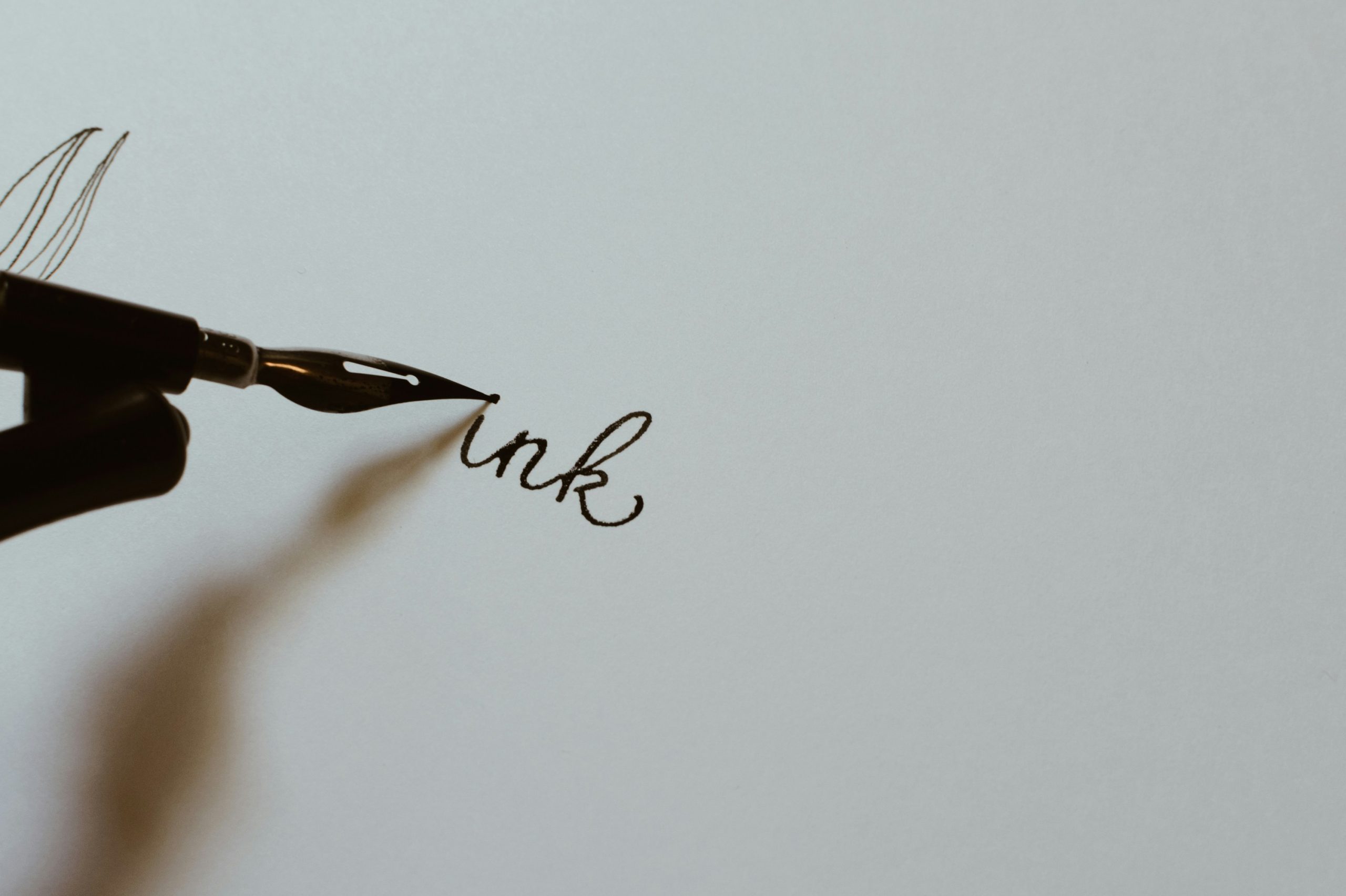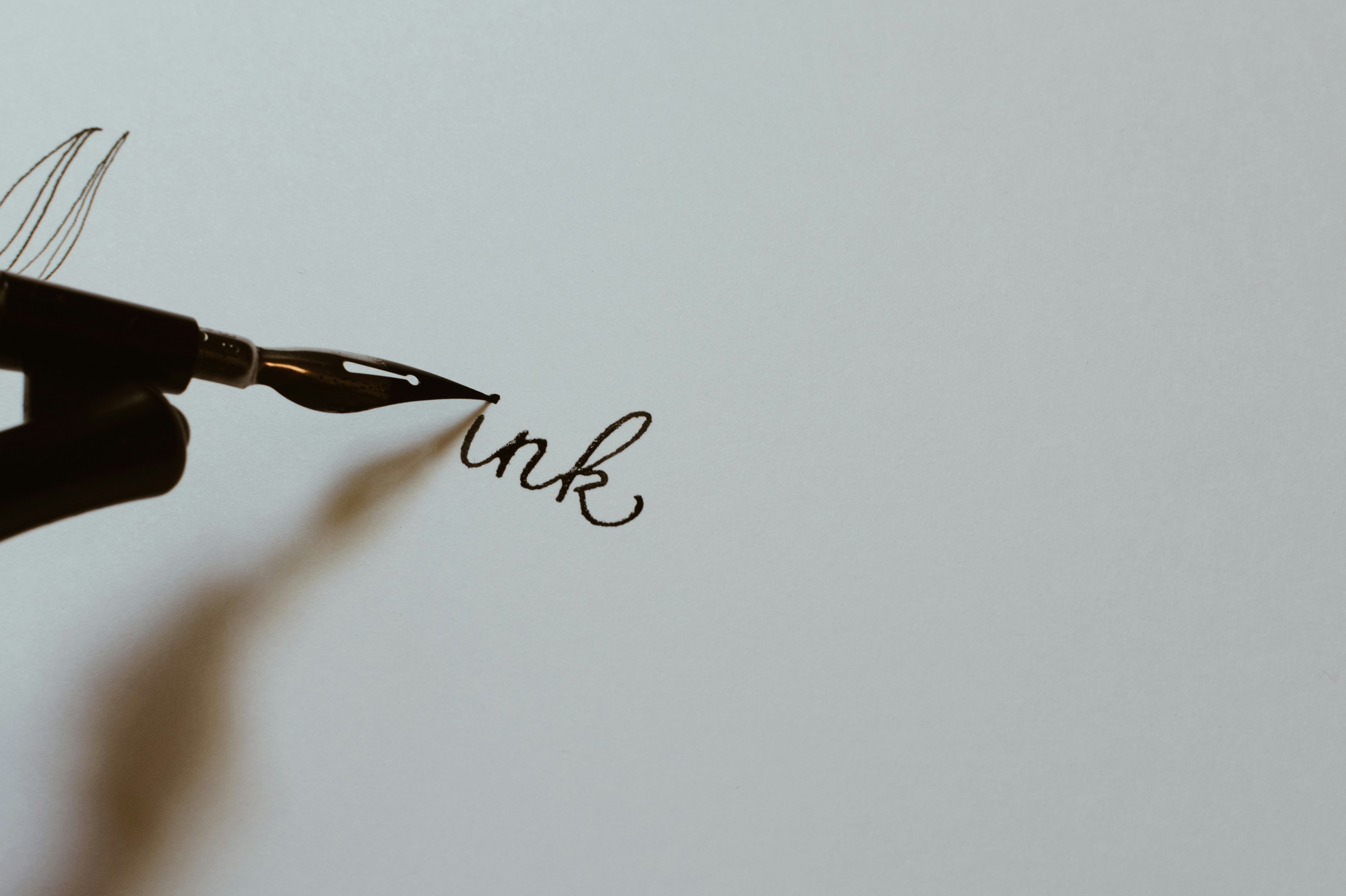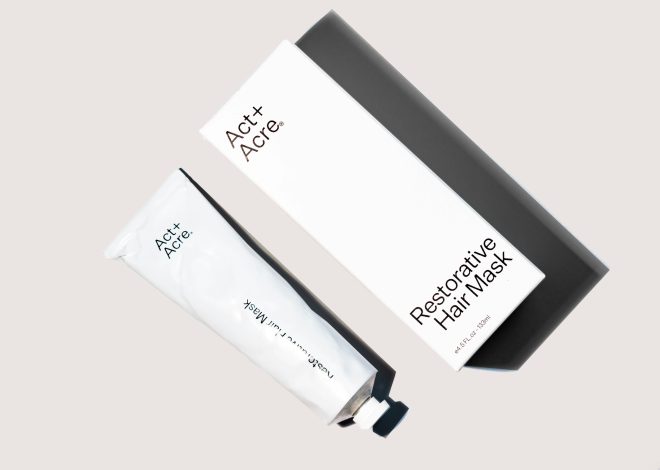
What Should You Consider When Customizing Drawing Paper for Artistic Projects?
What Should You Consider When Customizing Drawing Paper for Artistic Projects?
When it comes to artistic projects, the canvas you choose can make all the difference. Just as a painter carefully selects their palette, artists of all kinds must pay close attention to the drawing paper they use. Custom drawing paper isn’t just a backdrop; it’s an integral part of your creative process. Whether you’re sketching intricate designs or laying down bold strokes, the right paper enhances your vision and supports your technique.
But what does „custom“ really mean when it comes to drawing paper? It’s about tailoring every aspect—weight, texture, color—to suit your unique style and intentions. This guide will walk you through essential considerations for customizing drawing paper that elevates not only your artwork but also your overall artistic experience. Let’s dive into this colorful world where creativity meets craftsmanship!
The Importance of Choosing the Right Drawing Paper
Choosing the right drawing paper is crucial for any artist. It can significantly impact how your medium interacts with the surface. The wrong paper might lead to smudging, bleeding, or even tearing.
Artists often overlook this aspect until they face frustrating results. High-quality drawing paper enhances both texture and depth in your work. It’s not just about aesthetics; it’s also about functionality.
Different projects demand different types of paper. A heavier weight may be necessary for wet mediums, while lighter options are ideal for sketching and drafting ideas quickly.
The choice of drawing paper sets the stage for creativity and expression. With a well-selected base, artists can truly showcase their skills without limitations or distractions from inadequacies in their materials.
Factors to Consider When Customizing Drawing Paper:
When customizing drawing paper, the weight and thickness are crucial. Heavier paper can handle more medium without warping or tearing. This is especially important for wet techniques like watercolor.
Texture and surface finish play a significant role too. A smooth surface works wonders for detailed pencil work, while textured options lend themselves beautifully to charcoal or pastels. The right texture enhances your chosen medium’s characteristics.
Color also matters in custom drawing paper. White offers clarity and brightness, perfect for vibrant colors. Alternatively, colored custom drawing paper papers can evoke different moods and serve as a unique backdrop for artwork.
These factors together influence not just how your art looks but how it feels to create it on this customized canvas. Choose wisely to elevate your artistic experience!
– Weight and Thickness
When customizing drawing paper, weight and thickness are crucial elements to consider. The weight of the paper is measured in grams per square meter (gsm). A heavier paper can support more aggressive techniques like wet media or heavy pencil work without warping.
Thickness also plays a pivotal role. Thicker sheets often provide better durability and longevity for your artwork. They feel more substantial under your hand, which many artists find satisfying.
Conversely, lighter papers can be great for sketching or practice pieces. They’re easy to handle and perfect for quick studies.
Experiment with various weights to discover what feels right for your artistic style. Each artist has unique preferences that will affect how they approach their creative process. Finding the ideal balance between weight and thickness could elevate your art beyond expectations.
– Texture and Surface
The texture and surface of drawing paper can dramatically influence your artistic expression. Different textures offer unique interactions with various mediums, making this an essential consideration when customizing your drawing paper.
A smooth surface is ideal for fine detail work. It allows pencils or pens to glide effortlessly, creating crisp lines and intricate designs. Artists who focus on precision often prefer this option.
Conversely, a textured surface adds depth and character to artwork. This type of paper can enhance the visual interest in mixed media projects by allowing paint or charcoal to catch in the grooves.
Experimenting with different textures will help you discover what resonates best with your style. Understanding how each texture behaves under various tools will elevate your art-making experience significantly.
– Color and Tint
When customizing drawing paper, color and tint play a crucial role in your artwork’s overall mood. A sheet of vibrant red or calming blue can evoke emotions that influence how viewers perceive your work.
Choosing colored paper allows you to explore creative avenues beyond the traditional white backdrop. It provides an opportunity for artists to experiment with contrasting materials like pastels, markers, or inks. The choice of color can illuminate certain aspects of your piece while dimming others.
Tinted papers are also fantastic for achieving depth in drawings. A subtle beige or light gray can add sophistication without overpowering the subject matter. This balance helps create a cohesive look that enhances visual storytelling.
Don’t forget about the interaction between colors on tinted surfaces. They often add unexpected dimensions to artworks, inviting observers to take a closer look at every detail and layer you’ve created.
Different Types of Drawing Paper:
When it comes to drawing paper, the choices are vast. Smooth and textured papers each serve different artistic intentions. Smooth paper is ideal for fine lines and detailed work. It allows your pencil or pen to glide effortlessly, making it a favorite among illustrators.
On the other hand, textured paper offers depth and character. The raised surfaces can enhance your artwork by adding richness to colors and details. Artists who love charcoal or pastels often lean toward this option.
Color also plays a significant role in choosing drawing paper. White papers provide a classic canvas that showcases vibrant colors beautifully. Colored papers introduce an exciting twist, influencing how hues appear on the surface.
Each type contributes uniquely to the creative process, inviting artists to explore their own preferences while expanding their skills with custom drawing paper options.
– Smooth vs. Textured
When choosing custom drawing paper, the debate between smooth and textured surfaces is crucial. Each option brings its own unique flair to your artistic projects.
Smooth paper offers an ideal surface for detailed work. It’s perfect for fine lines and intricate designs. Artists who favor precision will appreciate how smoothly pencils glide over this type of paper.
On the other hand, textured paper invites a different approach. The raised patterns provide depth and character to every stroke. This surface is excellent for expressive techniques like charcoal or pastels, allowing pigments to cling beautifully.
Consider your medium when deciding between these two options. Watercolors might perform better on textured sheets that can absorb more liquid without warping. Meanwhile, ink drawings shine on smooth surfaces where clarity reigns supreme.
The choice hinges on your artistic style and desired outcome in each project you embark upon.
– White vs. Colored
When selecting custom drawing paper, the choice between white and colored surfaces can significantly influence your artistic expression.
White paper offers a classic canvas that enhances colors. It provides maximum contrast for vibrant hues, making it ideal for sketches or detailed illustrations. Artists often prefer this option for intricate work where precision is key.
Colored paper introduces an exciting twist to creativity. It can set the tone of your artwork right from the start. The hue you choose influences how other colors appear on top of it, creating depth and mood.
Additionally, using colored paper allows artists to explore unique techniques and effects with mediums like pastels or charcoal. This versatility encourages experimentation in style while offering fresh perspectives on traditional subjects.
The decision hinges on personal preference and project goals. Both options hold potential; it’s about finding what resonates best with your artistic vision.
How to Customize Your Own Drawing Paper:
Customizing your own drawing paper can be a rewarding experience. Start by selecting the base you want to modify. Choose from various types of blank papers like watercolor, sketch, or even canvas sheets.
Next, explore different DIY techniques. You could add texture using mediums like gesso or acrylic gel for interesting effects. A simple sponge or brush technique can create unique patterns and surfaces that inspire creativity.
Don’t forget about color! Experiment with dyes or watercolors to tint your paper. This adds depth and mood to your projects.
For an extra touch, consider incorporating mixed media drawing paper elements such as fabric scraps or natural materials pressed into the surface while wet.
Let each customized piece reflect your artistic vision and style! Enjoy the process of experimentation; it might lead you in unexpected directions.
– DIY Techniques
Creating custom drawing paper can be a delightful DIY project. Start by selecting a base paper that suits your needs in terms of weight and thickness.
To add texture, consider using materials like cheesecloth or sponges. Simply press them onto the wet surface of the paper to create unique designs.
If you want to experiment with color, try dyeing your paper with natural pigments, like beet juice or turmeric. This not only adds vibrancy but also gives your artwork an organic feel.
For those who love patterns, stencils are a fantastic option. Place them on your chosen paper and use ink sprays or brushes to bring some life into each sheet.
These techniques allow for endless creativity, ensuring that every piece is truly one-of-a-kind. Enjoy the process and let your imagination run wild!
Tips for Testing and Choosing the Perfect Customized Drawing Paper
Choosing the right custom drawing paper can be a game-changer for your artistic projects. Start by experimenting with various weights and textures. Grab samples from different suppliers to see how they feel in your hand.
Next, test how different mediums interact with the paper. Watercolors will behave differently on smooth versus textured surfaces, so explore both options before settling on one.
Don’t forget about color! Try out colored papers alongside traditional white sheets to discover what complements your style best. Sometimes, an unexpected hue can elevate your artwork dramatically.
Consider durability. Take time to create small sketches or doodles on each type of customized drawing paper you’re considering. This will help reveal which ones hold up under pressure while maintaining their aesthetic appeal during your creative process.
Examples of Customized Drawing Paper in Artistic Projects

Customized drawing paper can elevate artistic projects in unique ways. Artists often experiment with different textures to achieve specific effects. A rough surface can create stunning contrasts, while a smooth finish allows for fine details.
Some illustrators prefer colored drawing papers to enhance their artwork’s vibrancy. For instance, a deep blue background can make white ink pop dramatically in illustrations or calligraphy pieces.
Mixed media artists frequently combine various weights of paper within the same project. This layering technique adds depth and interest, transforming simple sketches into rich narratives.
In photography art prints, customized drawing paper serves as an exceptional canvas. The choice of color and texture impacts how images are perceived, enriching the overall aesthetic experience.
Graphic designers also utilize custom drawing paper for mock-ups and presentations. By tailoring the look and feel of their materials, they communicate ideas more effectively to clients or stakeholders.
7
Creating custom drawing paper can elevate your artistic projects to a whole new level. It allows you to express your unique style and preferences while ensuring the right medium for your techniques. Whether you’re experimenting with weight, texture, color, or surface finish, customizing your drawing paper opens up endless possibilities.
Many artists find that customized paper enhances their creativity and inspires fresh ideas. From smooth surfaces perfect for fine detail work to textured options that add depth and interest—your choices shape the final outcome of your artwork significantly.
As you explore DIY techniques for customization, remember to test samples before committing fully to any design. This will help ensure that the end product meets both aesthetic and practical needs.
By embracing this personalized approach, artists can truly make their mark in their creations with tailored materials that resonate personally with them. So why not dive into this rewarding process? Your next masterpiece might just be waiting on custom drawing paper designed specifically by you!

